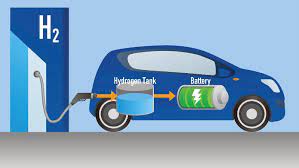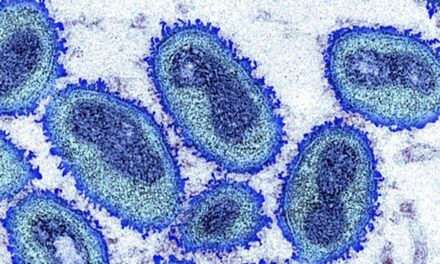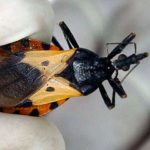In the midst of the COVID-19 pandemic’s darkest days in late 2020, as cases surged and vaccines were still a distant hope, scientists and public-health officials worldwide found themselves in a race against time to track and contain the virus. In this urgent quest, an unconventional surveillance method emerged as a beacon of hope: wastewater testing.
Pioneered by Tong Zhang and his colleagues at the University of Hong Kong, wastewater surveillance involves periodically collecting sewage samples and testing them for traces of coronavirus DNA. In Hong Kong, this innovative approach swiftly identified an outbreak in a single apartment building, enabling authorities to isolate infected individuals and halt further transmission.
Buoyed by this success, Zhang’s team expanded their efforts, testing sewage at approximately 20 sites across the city each week. Their initiative has since become an integral part of Hong Kong’s COVID-19 strategy, providing a comprehensive snapshot of community health.
The success stories of Zhang’s team are echoed across the globe, with more than 4,600 sites in 72 countries now participating in wastewater testing for SARS-CoV-2. From rural Ghana to bustling Bengaluru, researchers have leveraged sewage surveillance to uncover hidden outbreaks, inform public-health policies, and guide vaccination efforts.
Despite these achievements, the potential of wastewater surveillance as a public-health strategy remains a topic of debate. Leo Poon, Zhang’s colleague at HKU, stresses the need for further research before health agencies fully integrate sewage testing into routine surveillance programmes. Questions linger about the reliability of wastewater data, especially regarding pathogens beyond SARS-CoV-2.
Early accomplishments in the field have laid a solid foundation for its expansion. Scientists have demonstrated the correlation between viral levels in wastewater and COVID-19 cases in communities, empowering health officials to make data-driven decisions. In Bengaluru, for instance, Farah Ishtiaq and her team successfully tracked the spread of the Omicron variant using wastewater data, prompting timely public-health interventions.
Looking ahead, researchers are exploring new frontiers in wastewater testing. Beyond COVID-19, they are investigating applications in tracking antimicrobial resistance, monitoring illicit drug use, and even assessing the prevalence of cancer. However, challenges remain in interpreting wastewater data accurately and effectively communicating findings to the public.
To address these challenges, efforts are underway to standardize testing methods, improve data interpretation, and foster international collaboration. The launch of initiatives such as the Global Consortium for Wastewater and Environmental Surveillance for Public Health (GLOWACON) signals a concerted effort to harness the full potential of wastewater surveillance in safeguarding global health.
As the world continues to grapple with the ever-evolving threat of infectious diseases, wastewater surveillance offers a powerful tool for early detection, rapid response, and informed decision-making. By pooling our collective expertise and resources, we can leverage the “dirty blood” of our cities to protect public health and build a safer future for all.











